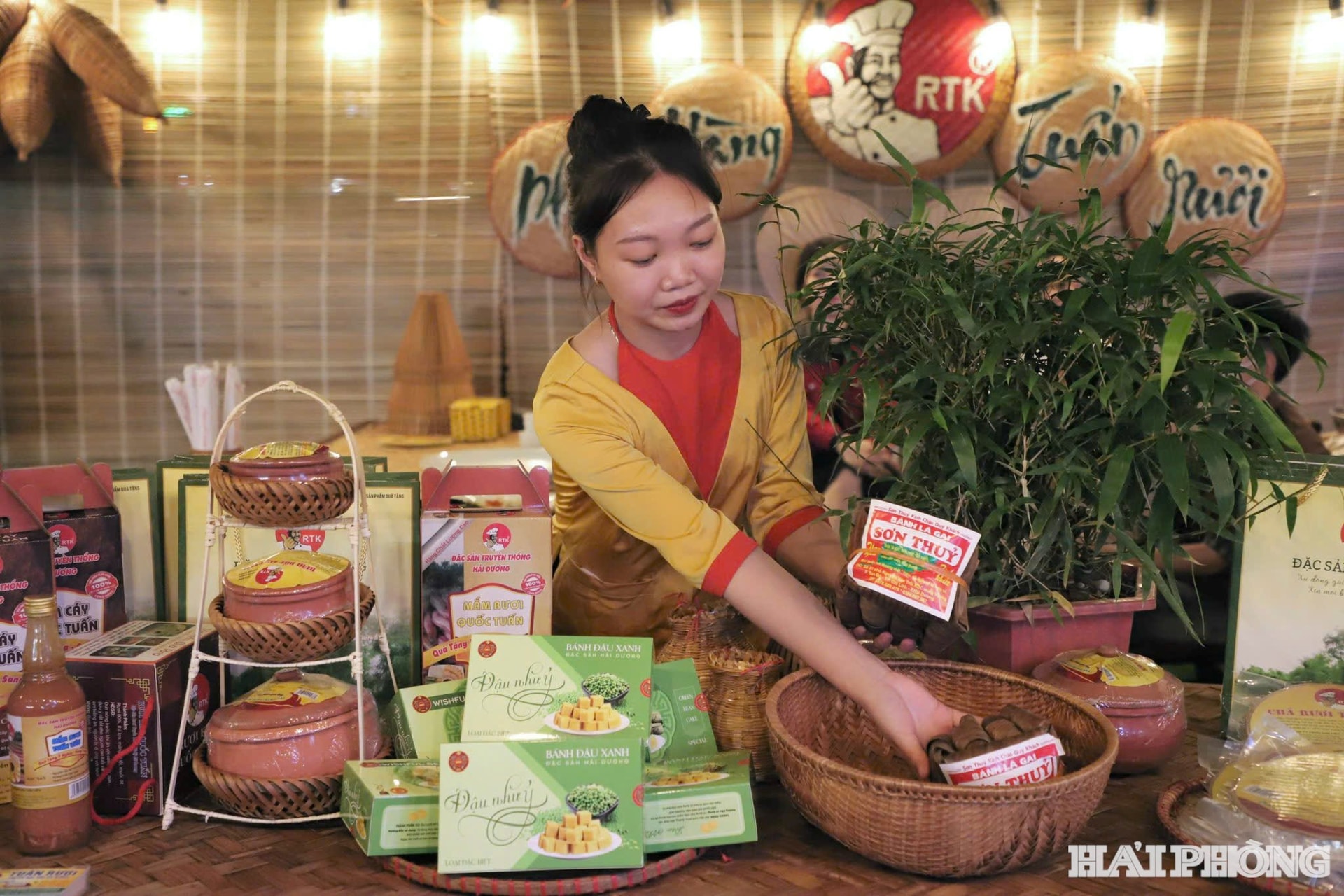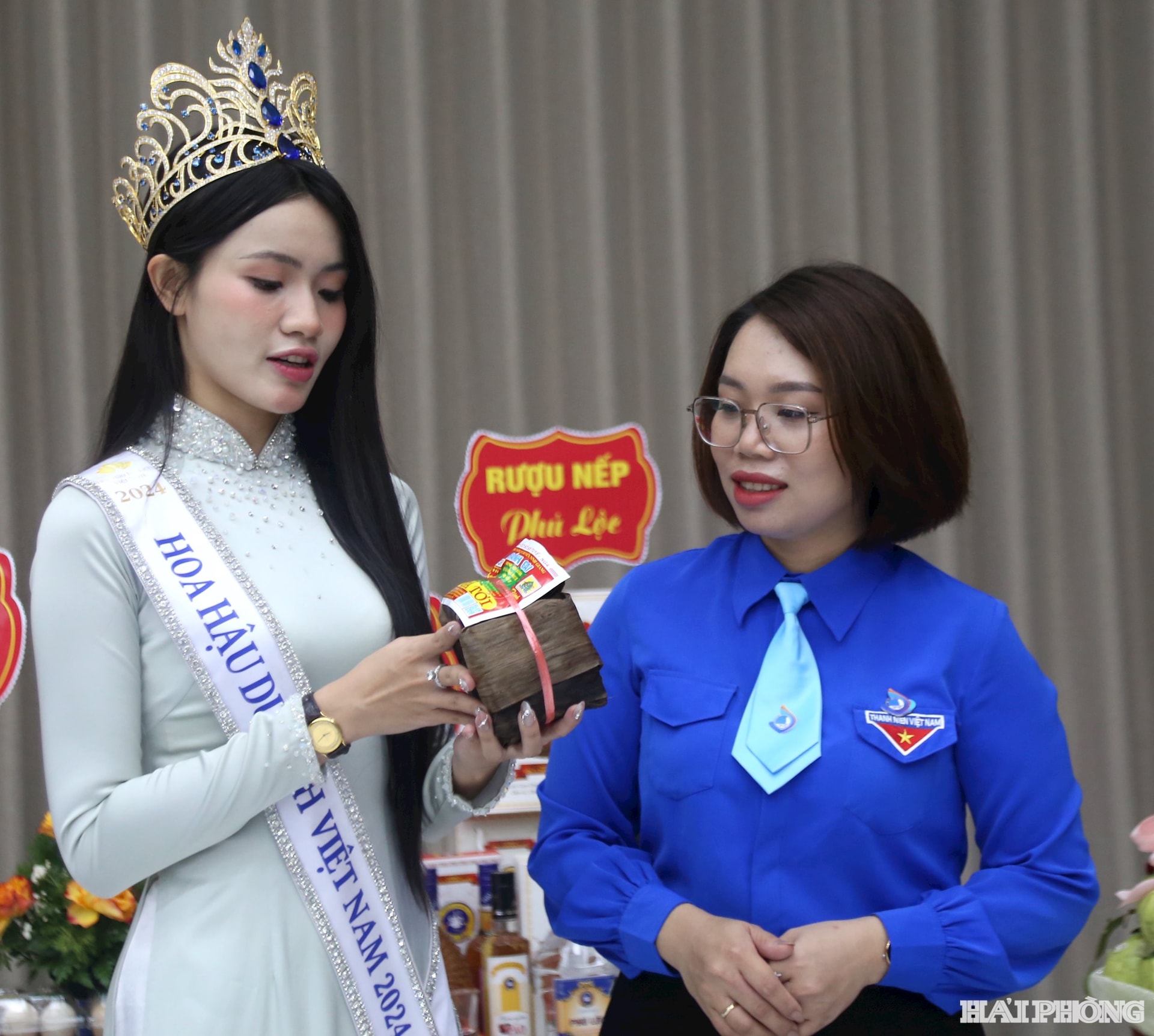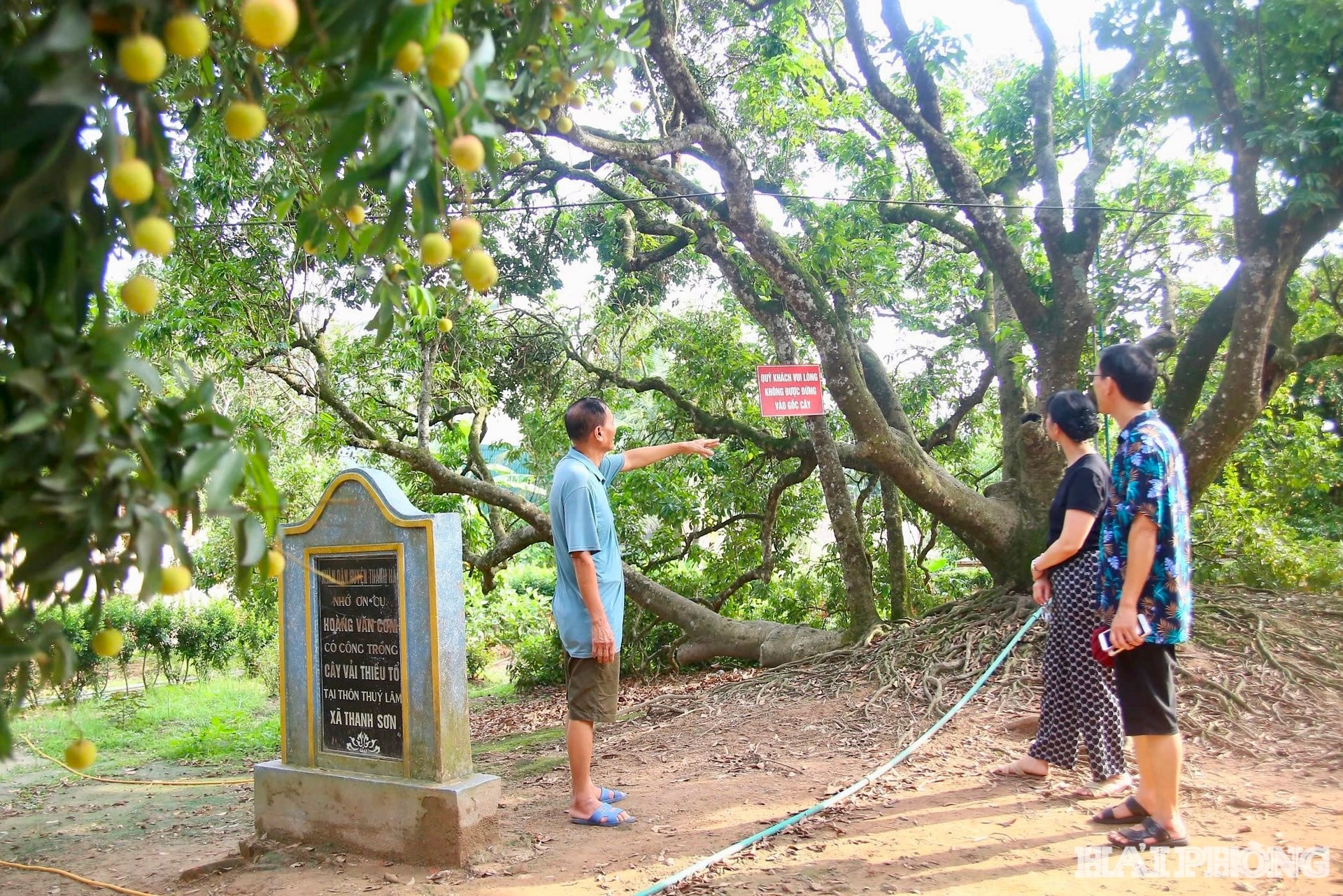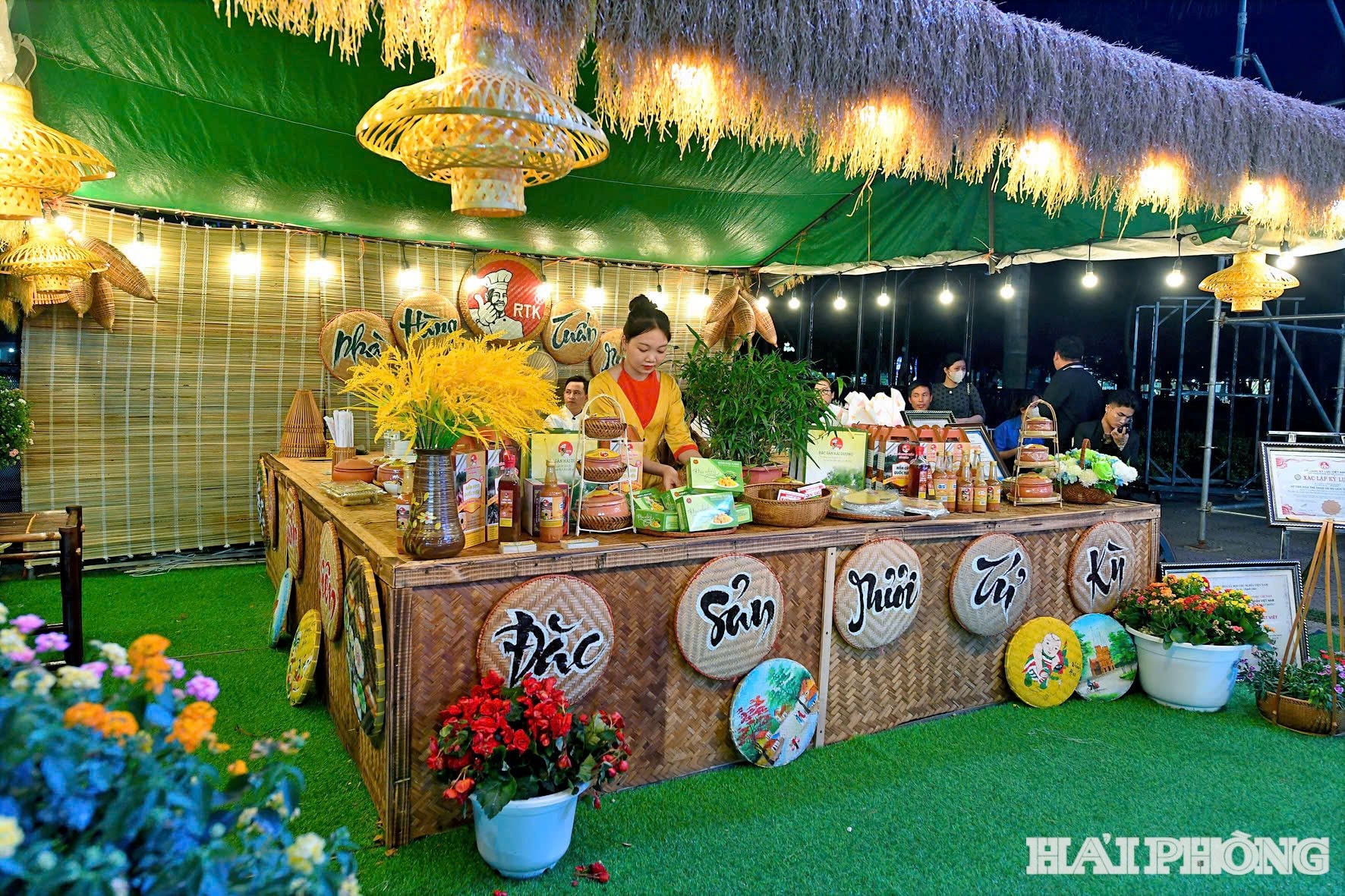After the merger with Hai Phong city, many renowned specialties tied to former localities of Hai Duong province now face the challenge of preserving and positioning their brands to safeguard their value.

Preserving the soul of the land
Mentioning banh gai (ramie cake) immediately reminds people of Ninh Giang district, a land with a tradition of making this cake dating back about 700 years. Today, although Ninh Giang has become a commune under Hai Phong city, the name “Ninh Giang banh gai” remains a source of pride for local residents.
Today, production facilities in Ninh Giang sell thousands of banh gai daily across the country. Once a simple festive treat, it has now become a tourism product featured in many experiential tours.

Thanh Ha commune was formed after the merger of Thanh Ha township, Thanh Son and Thanh Tan communes. It is home to the ancestral lychee tree located in Thuy Lam hamlet of the former Thanh Son commune.
According to Secretary of the city Party Committee Le Tien Chau, with favorable natural conditions, suitable soil, and distinct identity, Thanh Ha has the potential to turn into a model ecological agriculture area linked to experiential tourism. The city has identified Thanh Ha as a key zone in its ecological agriculture strategy, with the ancestral lychee tree as its core.
Thanh Ha lychee is not only a specialty but also a brand that has affirmed its position in the international market. The merger did not diminish its identity; on the contrary, it has opened opportunities for the fruit to reach farther.

Meanwhile, Tu Ky ruoi (ragworm) is a specialty of communes that used to belong to Tu Ky district, Hai Duong province. After the merger, the name “Tu Ky” now refers only to a new commune, which is not the original ruoi area. Nevertheless, the “Tu Ky ruoi” brand retains its value and continues to be sought after by diners at home and abroad.
Linking heritage and brand for sustainable development
The stories of Ninh Giang banh gai, Thanh Ha lychee, and Tu Ky ruoi show that administrative names may change, but the cultural and economic value of specialties remains irreplaceable.
Many experts argue that products already granted geographical indications should not be mechanically renamed to follow new administrative boundaries. The names associated with their original lands serve as “cultural certificates” and symbols of community pride.

This is not merely about keeping a name, but about preserving an entire brand heritage. Losing it would mean forfeiting competitive advantages while eroding the cultural memory of generations.
In the context of integration, repositioning specialties is not only about preserving identity but also about expanding markets. Specialties such as Hai Duong banh dau xanh (mung bean cake), Thanh Ha lychee, Ninh Giang banh gai, and Tu Ky ruoi can truly become “magnets” attracting tourists while also serving as high-value export products.
Local authorities also need to adopt brand protection policies and promote communication so that residents and visitors clearly understand the link between old and new place names. This is the way to both preserve identity and enhance economic value.
Domestic and international customers will not care much about administrative changes; they only remember names like “Thanh Ha lychee” or “Tu Ky ruoi.” Therefore, if managed wisely, the merger will not erase these brands but rather help expand their markets thanks to improved infrastructure and logistics.
LINH LINH